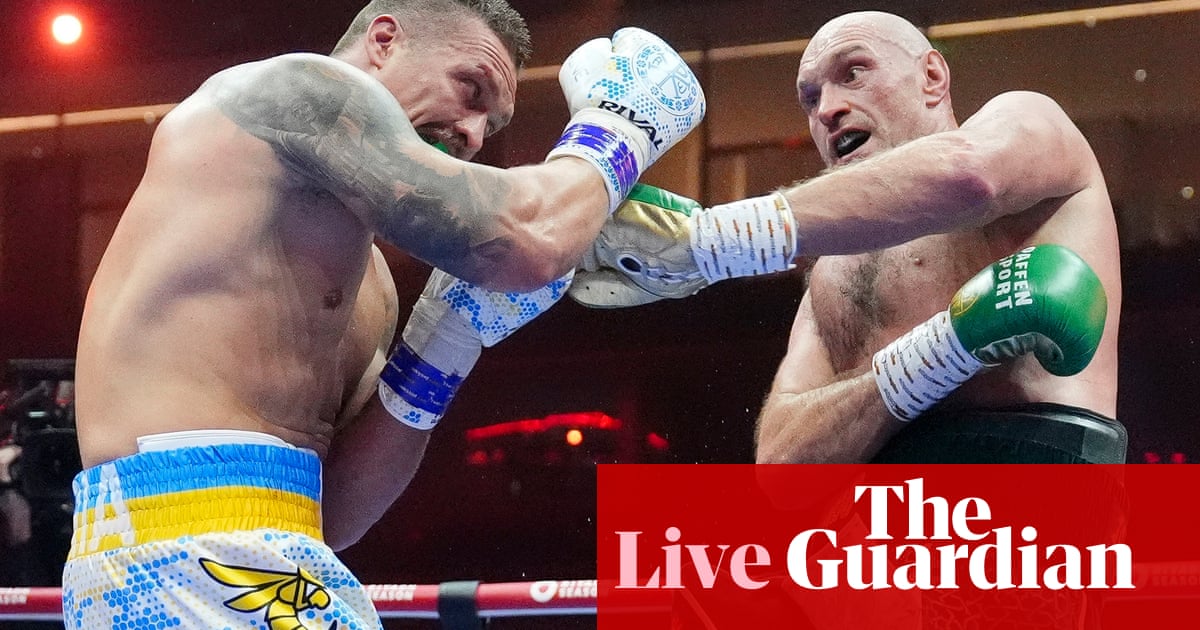MLB’s Draft lottery is in its second year, and the chaos is scheduled to arrive Tuesday at the league’s Winter Meetings.
One of the bigger wrinkles of the league’s latest collective bargaining agreement was the introduction of the lottery to disincentivize tanking. The jury is still out on whether it will make a meaningful difference in the MLB landscape, but the day now carries some automatic intrigue among the events in Nashville.
There will be winners. There will be losers. There will be questions about how this newfangled lottery actually works. Here are the answers to some of the important ones.
Which MLB teams have the best odds in the draft lottery?
All non-playoff teams have a chance to win one of the top six picks in the draft, with odds decreasing as you move up the standings. The odds for the three worst teams are identical, which is intended to remove any incentive to be the worst team in MLB.
This season, that title belonged to the Oakland Athletics. Here are how their odds stack up along with those of all the other non-playoff teams:
1. Oakland Athletics: 18.3%
2. Kansas City Royals: 18.3%
3. Colorado Rockies: 18.3%
4. Chicago White Sox: 14.7%5. Washington Nationals
6. St. Louis Cardinals: 8.3%
7. Los Angeles Angels: 6.1%
8. New York Mets: 4.3%
9. Pittsburgh Pirates: 3.0%
10. Cleveland Guardians: 2.0%
11. Detroit Tigers: 1.6%
12. Boston Red Sox: 1.2%
13. San Francisco Giants: 1.0%
14. Cincinnati Reds: 0.9%
15. San Diego Padres: 0.7%
16. New York Yankees: 0.6%
17. Chicago Cubs: 0.4%
18. Seattle Mariners: 0.2%
Wait, what happened to the Nationals?
When MLB wanted to stop tanking, it really wanted to stop tanking.
Not only do bad teams now face long odds to receive the draft picks that used to be handed to bad teams, but they also cannot win a top pick in consecutive years if they are a large-market team or paid into revenue-sharing. Those teams also can’t pick earlier than 10th in back-to-back years. The size of the D.C. market put the Nationals in that club after they had the No. 2 pick this year.
The real fun begins next season, as teams that received revenue-sharing can’t win a top pick three years in a row. That means the A’s, Pirates and Tigers will face lottery disqualification next year if they end up in the top six this year. Teams such as the Angels and Mets would be in the Nats’ situation next year if they win in the lottery this year.
How are the rest of the draft slots decided?
The draft’s order used to be based purely on the regular-season standings. But in addition to adding the draft lottery, the league recently switched to determining the non-lottery draft order by postseason finish. That means the World Series champion Texas Rangers are set to pick 30th, rather than the 104-win Atlanta Braves.
Who are the top prospects for the 2024 MLB Draft?
There is still nearly a full season of college and high school baseball to be played, so it’s anyone’s guess on which players these teams will covet come next summer.
That said, we can make some educated guesses. In the collegiate ranks, Wake Forest first baseman Nick Kurtz is a monster power and contact combination who is currently MLB Pipeline’s top college prospect. West Virginia shortstop JJ Wetherholt won last season’s NCAA Division I batting title while adding 36 steals, and Florida’s Jac Caglianone and Texas A&M’s Braden Montgomery present two-way potential that we have to pay attention to in a world with Shohei Ohtani.
The top college arm seems to be Wake Forest’s Chase Burns (an excellent name for a pitcher), and PJ Morlando tops the volatile high school ranks.
How did last year’s MLB Draft lottery go?
Great for the Pittsburgh Pirates (who went from the third pick to the first), Detroit Tigers (sixth to third), Texas Rangers (seventh to fourth) and Minnesota Twins (13th to fifth), OK for the Nationals (first to second) and pretty badly for the Athletics (second to sixth).
Here’s the list of how the top six picks would’ve gone without the lottery and who ended up getting each pick:
1. Washington Nationals → Pittsburgh Pirates (Paul Skenes)
2. Oakland Athletics → Washington Nationals (Dylan Crews)
3. Pittsburgh Pirates → Detroit Tigers (Max Clark)
4. Cincinnati Reds → Texas Rangers (Wyatt Langford)
5. Kansas City Royals → Minnesota Twins (Walker Jenkins)
6. Detroit Tigers → Oakland Athletics (Jacob Wilson)
Last year’s draft was notable for having an incredible top two and another three great players behind them. We still don’t know how the LSU pair of first pick Paul Skenes and second pick Dylan Crews will pan out, but both their teams should be happy to have them. And the Rangers are likely still elated to have nabbed Florida’s Wyatt Langford, the kind of MLB-ready outfield talent who now feels like an unfair addition for the reigning World Series champs.
Meanwhile, the Athletics went from that top two to taking Grand Canyon shortstop Jacob Wilson, MLB Pipeline’s No. 10 prospect in the draft, who ended up signing an under-slot deal. Wilson could very well end up being a good player, but it really wasn’t a great year for Oakland in any way.
Why did MLB implement a draft lottery?
Remember how the Houston Astros lost 324 games from 2011 to 2013? Or how the Chicago Cubs lost 188 in the same span? How about the Orioles dropping 333 in the three full seasons between 2018 and 2021?
In short, the league — and the MLBPA even more — would like teams to stop doing that. It’s difficult to deny that tanking worked for the above teams, but the extent to which teams were willing to cut salary when it was clear they weren’t contenders was out of control.
The draft lottery disincentivizes teams from being the worst in the league, particularly multiple years in a row. That said, receiving a top draft pick for a bad year was nice, but it was arguably a perk that came with the primary motive of cutting salary to the bone.
The A’s probably aren’t going to mobilize themselves into a contender next season just because they likely won’t pick in the top six in 2025. That doesn’t mean the lottery isn’t making a difference; it’s just important to remember that teams have a lot more to care about than a few slots of draft positioning.
This article contains affilate links; if you click such a link and make a purchase, we may earn a commission.

Daniel Miller is a sports fanatic who lives and breathes athletics. His coverage spans from major league championships to local sports events, delivering up-to-the-minute updates and in-depth analysis for sports enthusiasts.







